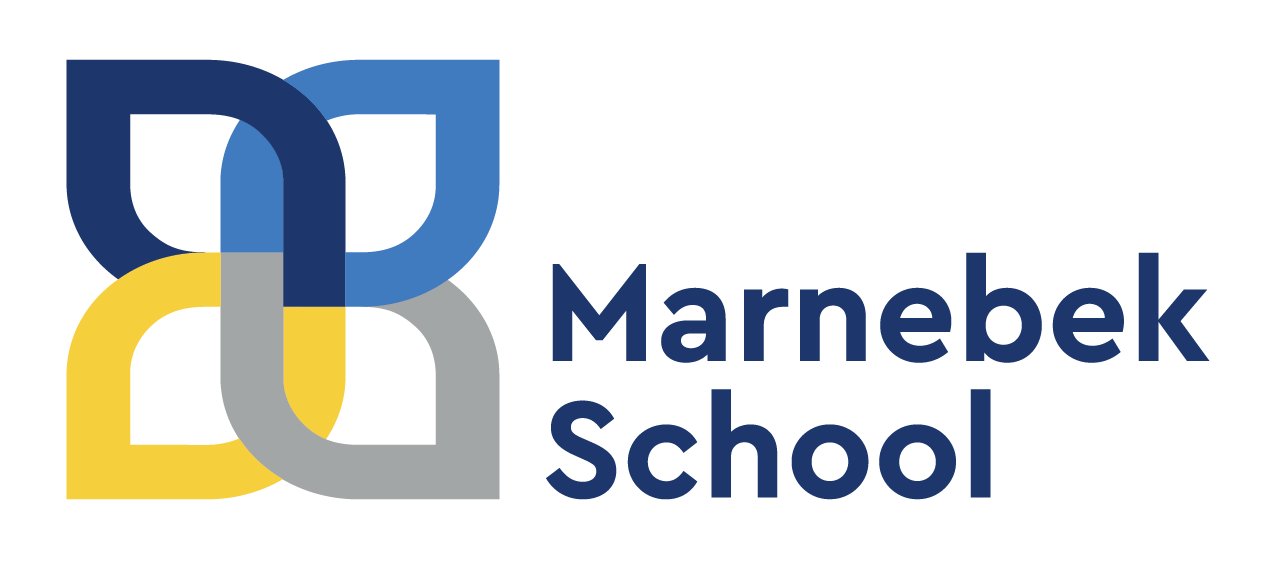
Multisensory Education
Multisensory Education and Communication involves incorporating sensory methods into the way we deliver instructions, promote communication and enhance student learning. This way of teaching creates neural networks that allow efficient storage and retrieval of information, helping to promote student engagement and participation. Sensory information includes sight, touch, taste, smell, auditory (hearing), vestibular (movement) and proprioception (spatial awareness and deep pressure).
To promote Multisensory Education and Communication, teachers at Marnebek School use a variety of multi-modal programs designed to target a student’s individual point of need, which is identified through a Sensory Profile Checklist. Students are engaged in as many sensory systems as possible within an activity or instruction. It’s as simple as getting students to draw shapes in the sky before writing, or using gestures as well as verbal instruction. Other multisensory approaches include visual schedules, movement breaks, PECS (Picture Exchange Communication System), Aided Language Displays (mealtime placemats etc.), Core Word, talking buttons, hands-on learning, sensory items such as fidgets and exploring the shape/sounds of letters and numbers.
Since no two children learn in exactly the same way, our teachers implement Multisensory Education and Communication through differentiated teaching and learning strategies, tailoring instruction to target students’ specific needs.

